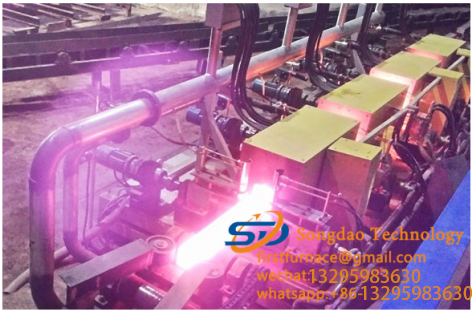- 17
- Dec
The principle of induction hardening and common quenching methods
The principle of induction hardening and common quenching methods
What is induction hardening?
Induction hardening is a method of heat treatment, which heats a metal workpiece through induction heating and then quenches it. The quenched metal undergoes martensite transformation, which increases the hardness and rigidity of the workpiece. Induction hardening is used to harden parts or assemblies without affecting the overall performance of the parts.
To
Common quenching methods include:
Overall hardening and quenching
In the overall hardening system, the workpiece is stationary or rotated in an inductor, and the entire area to be processed is heated at the same time, followed by rapid cooling. When there is no other method that will achieve the desired result, one-time hardening is usually used, such as flat hardening applied to hammers, edge hardening of tools with complex shapes or the production of small and medium-sized gears.
To
Scan hardening and quenching
In the scanning hardening system, the workpiece gradually passes through the sensor and uses rapid cooling. Scanning hardening is widely used in the production of shafts, excavator buckets, steering components, power shafts and drive shafts. The workpiece passes through the ring inductor to produce a moving hot zone, which is quenched to produce a hardened surface layer. By changing the speed and power, the shaft can be hardened along the entire length or only in specific areas, and it is also possible to harden the shaft with steps of diameter or spline.

